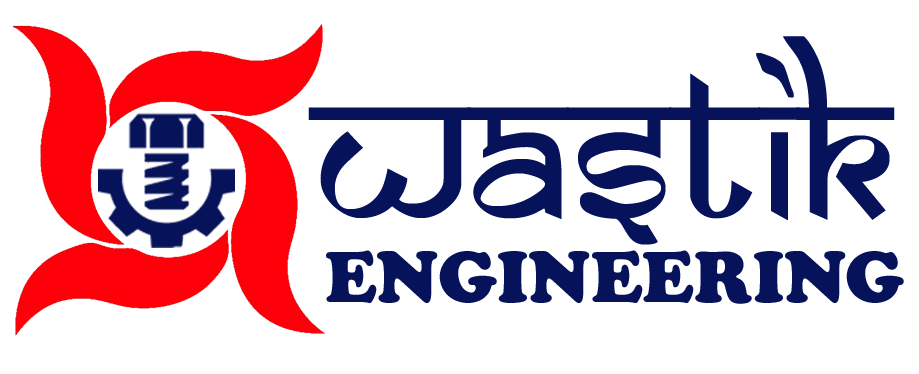Professionals such as fitter, riggers, welders and assistants do assembly and Erection operations on the job site. Quality and Safety are our main objective while we operate. We addhere to the PDCA (Plan, Do, Check & Act) principal which enabled us to fullfil the client’s deadline with 100% accuracy.
The main perspective of torquing is to stretch the bolt or stud to a predetermined load. The stretching is accomplished by turning the nut, which pulls the shank due to the ramp angle of the threads. The nut is rotating against the surface of the component which is being clamped. As the clamp load increases, the friction between the nut and the surface of the component increases to a predetermined amount.
The objective of tensioning is to stretch the bolt, or stud, to a predetermined load, by using force to elongate the shank. This is accomplished using a pulling force which is created by a hydraulic bolt tensioners. The nut can then be seated manually using a wrench with a very little turning force. It is necessary to have some extra thread above the nut, which is used to attach the bolt tensioners, which is removed after completion.
A hydraulic nut splitter works in the way to split the nut by forcing the chisel into the nut. This action is performed by a hydraulic ram driven by a separate hydraulic pump.
Hydraulic fluid is pumped into the piston barrel at the cap end port, creating a high pressure area behind the piston, while hydraulic fluid is pumped out of the piston barrel at the rod end port, creating a low pressure area in front of the piston. This pressure difference either side of the piston moves the piston forward in the barrel, which pushes the piston rod forward, which in turn pushes the chisel of the hydraulic nut splitter into the nut. Huge forces can be achieved with hydraulics, which is why they are used on large industrial nut splitters for splitting large nuts.
Flange spreader is an industrial tool that is designed to separate flanges. Over time, flanges can rust or corrode. This makes it difficult for technicians to make repairs or conduct any work inside the pipes, as they are unable to open the flanges. The flange spreading helps to expand and separate problem flanges by working into the gaps using a hydraulic-jacking system until they open up.
WhatsApp us
